The time had come to move on again and we sailed up the west coast of Martinique to the northerly town of Sainte-Pierre. Our original plan had been to check out here, spend a quiet night at anchor and head to Guadeloupe early the next day. However, several of our friends had visited here before us and recommended that we spend some time ashore. We were pleased that we took their advice.
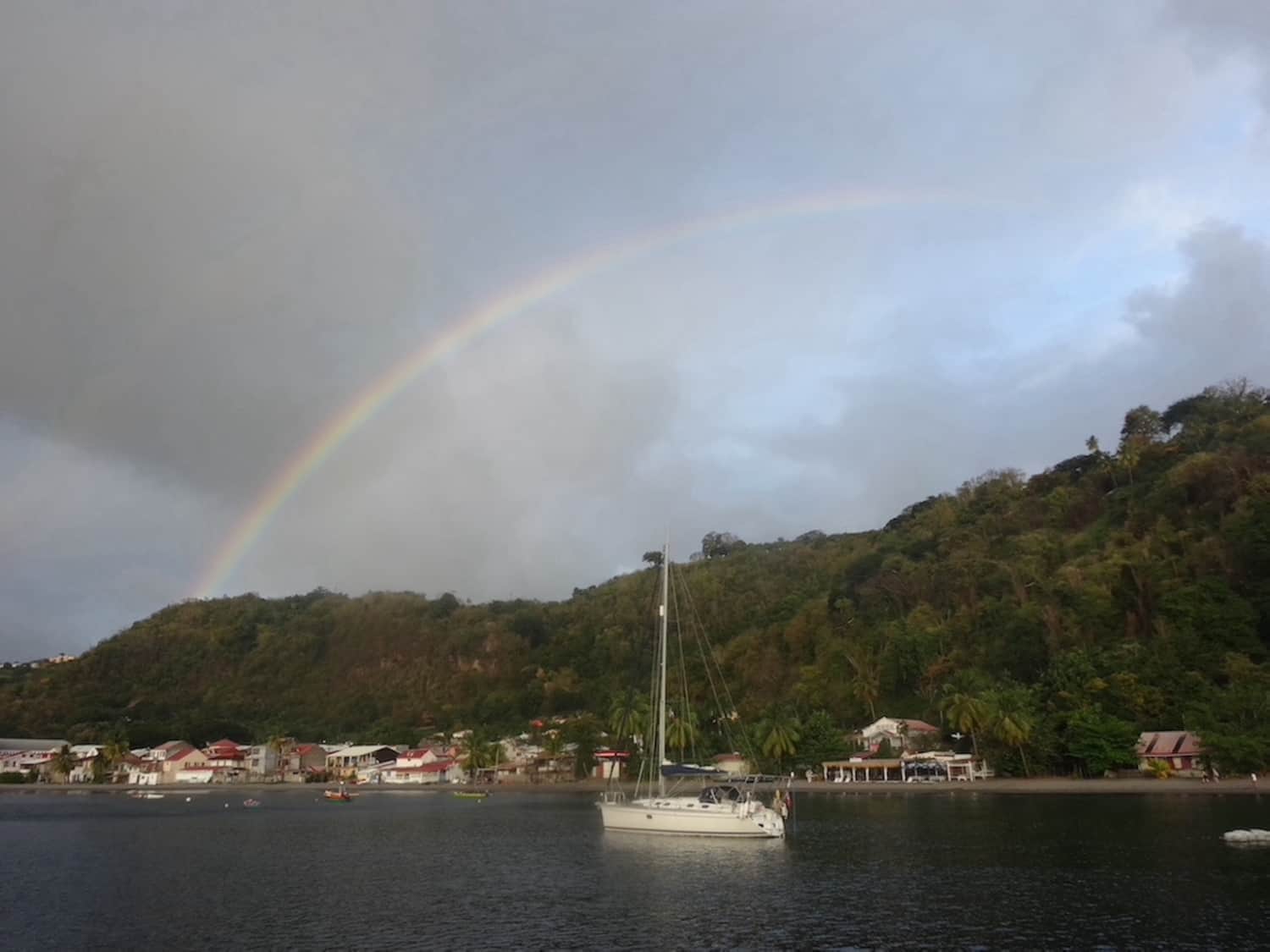
Saint-Pierre was once the capital of Martinique and a busy and bustling port.
In stark contrast, it is now tired, run down and, in many places, derelict. The event that changed this was the eruption of Mount Pelee in 1902.
The people of Sainte-Pierre had lived for years in the shadow of Mount Pelee with little concern and even less understanding of what may happen. For two weeks before the fatal blast, there had been initial warning signs – a series of explosions and heavy ash clouds. However, these were not seen as significant and, even when there was a massive mud flow and several tsunamis, the town was still not evacuated. ‘The experts’ judged that the only danger would be from lava flow and they believed that this would be stopped by the two valleys between the volcano and the city. Unfortunately for the town and its residents, what they hadn’t accounted for was the pyroclastic flow: a ground hugging cloud of lava particles suspended by searing turbulent gases which moved at hurricane speed down the volcano towards Saint-Pierre. Escape was virtually impossible. Almost the entire population of the town, as well as people from neighbouring villages sheltering in the supposedly safe town, died. It was estimated that 28,000 people died when the town was burned to the ground. The flow also burned and sank at least 12 ships in the harbour.
Saint-Pierre never recovered and all around the town there is evidence of this disaster. Many of the buildings, including the prison and theatre, were never rebuilt and remain abandoned.
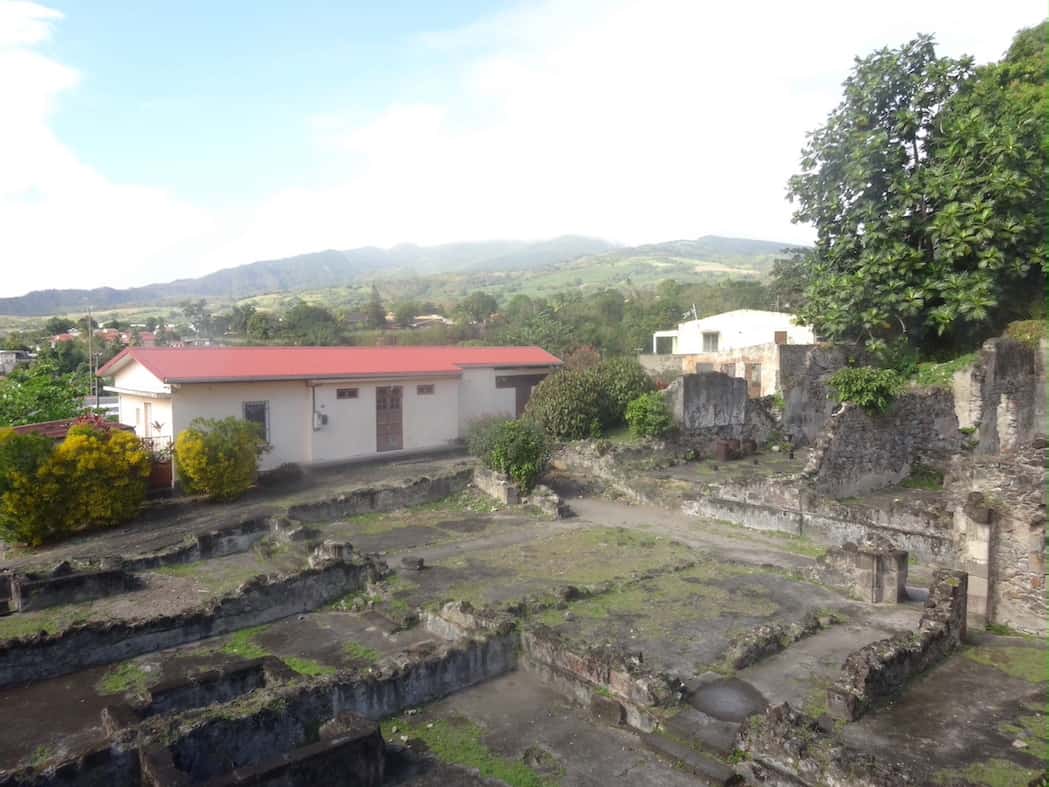
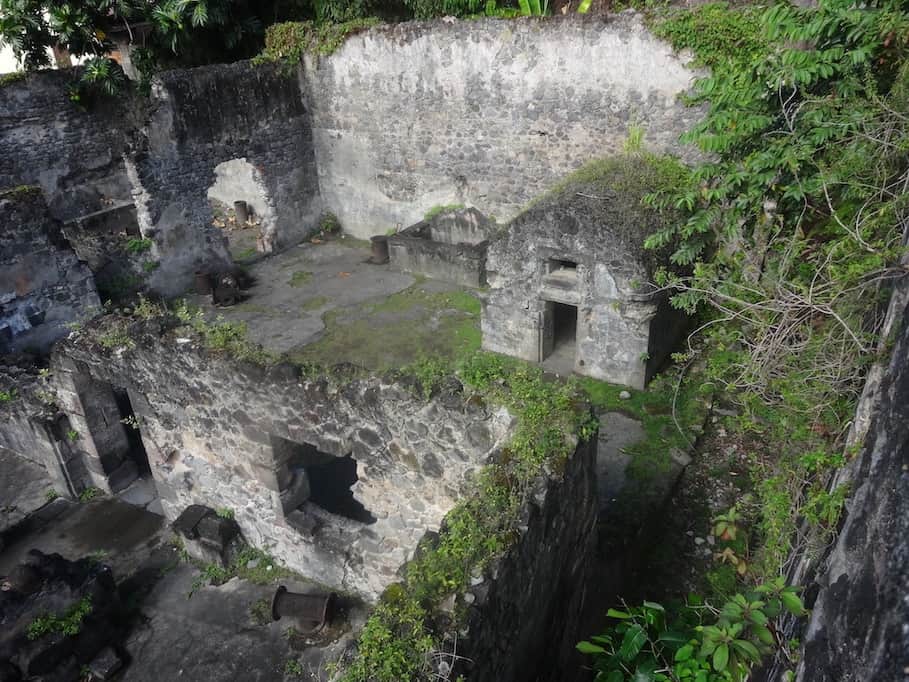
We visited the small, but excellent museum which tells the story superbly. Painting a picture of the daily life of the ordinary people and showing the impact and aftermath of the event. Seeing the everyday objects like coffee beans, nails and crockery charred black and fused together by the tremendous heat was so moving.
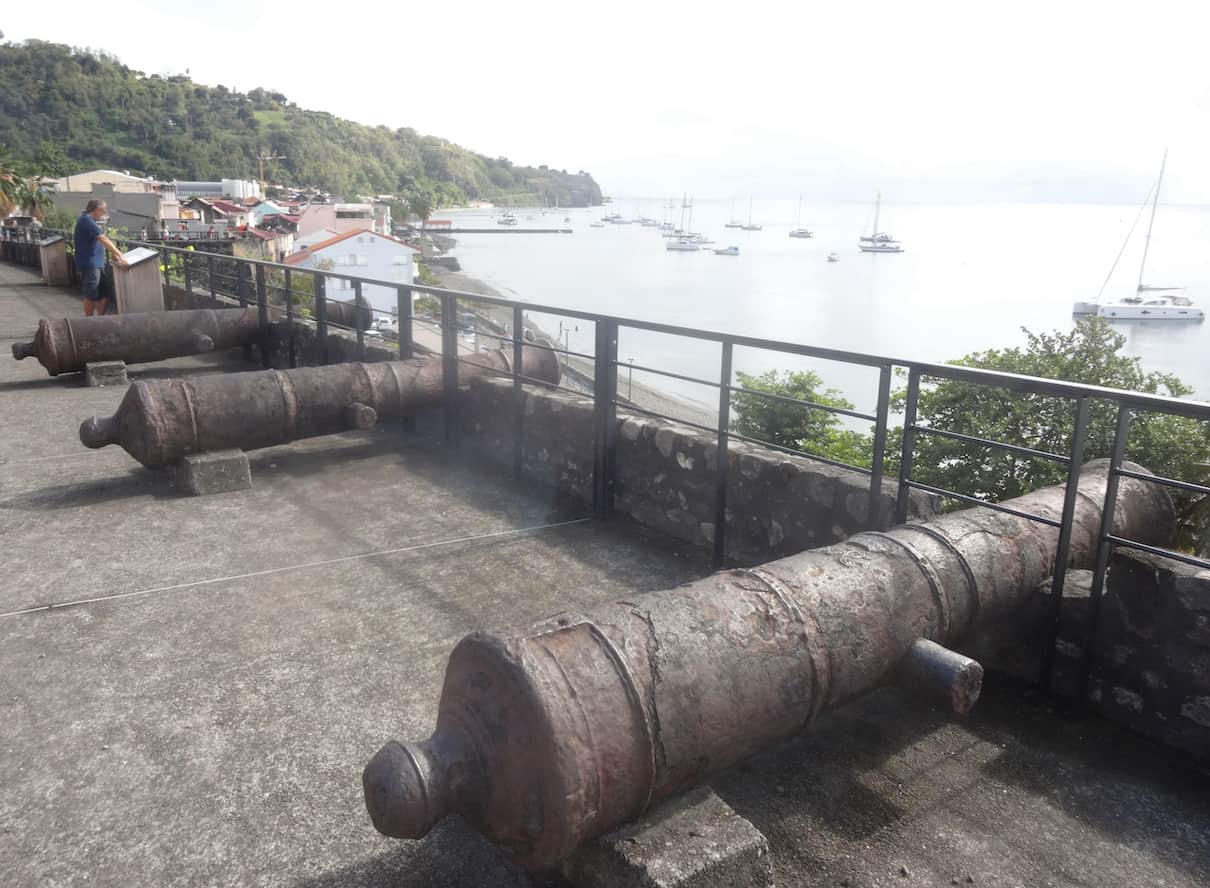
Checking out of Saint-Pierre, we set sail for our next port of call – Iles des Saintes, Guadeloupe.
It was a long day sail of 72nm, and involved passing along side the island of Dominica. As usual for this area, sailing between the islands was brisk with winds of Force 5 (17 – 21 knots) gusting Force 7 (28 – 33) and sea swell of over 2m. Escapade took it all in her stride, reaching record speeds of 9 knots. It was not all like this though, as in the lee of Dominica, we had to motor!
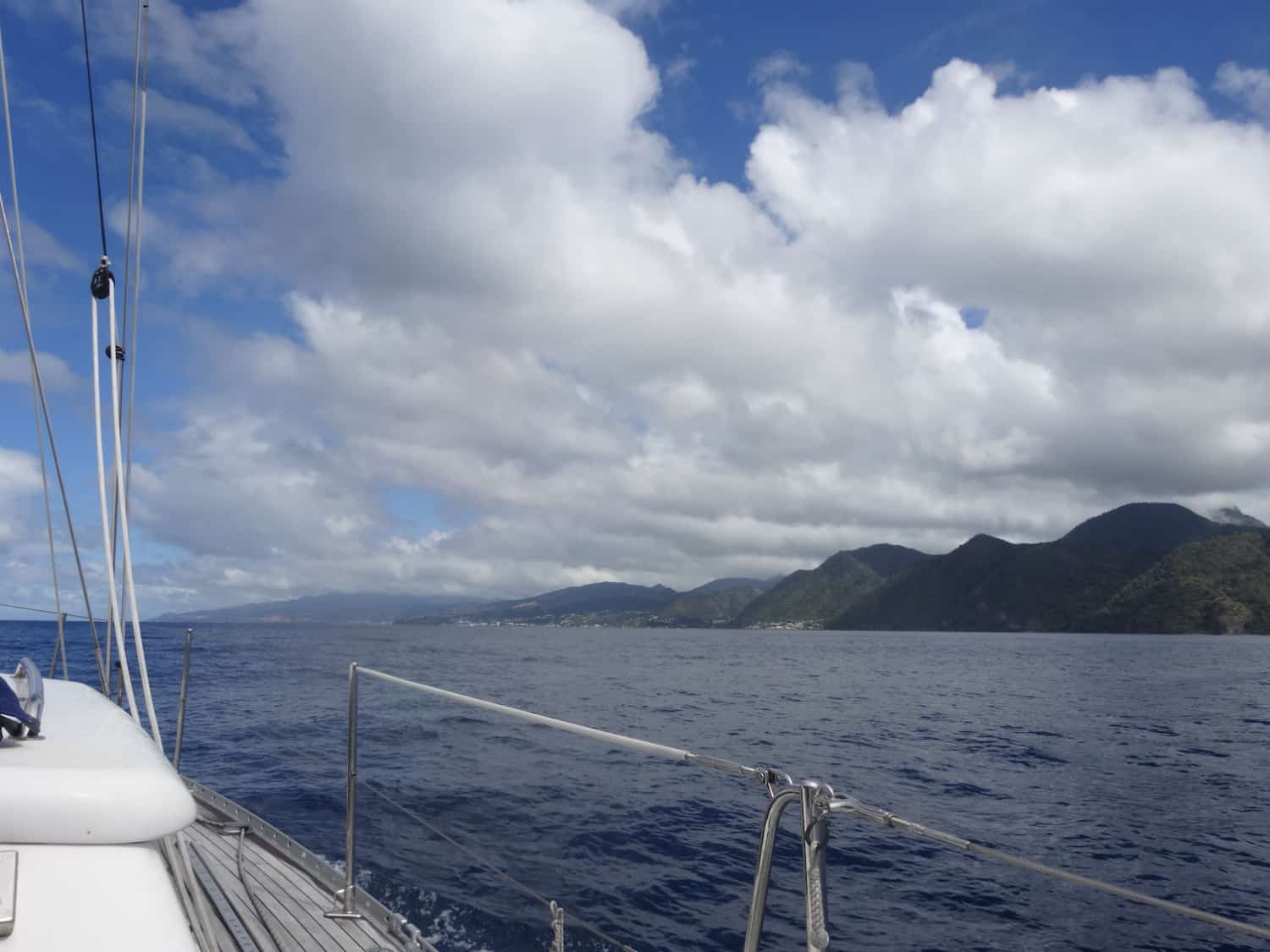
Les Saintes is a collection of islands about 15 miles south of mainland Guadeloupe and our home here was Bourg de Saintes. Much of the area is Marine Park and, in a bid to protect the environment, especially the sea grass for the turtles, there are very few places you can anchor. This meant picking up a mooring buoy in the bay. This was not as easy as it sounds as the buoys are on a very short line and difficult to reach from onboard. One broken boat hook later and some helped from another boatie in a dinghy, we eventually managed to tie up to the buoy and headed ashore to check in.
Like Martinique, Guadeloupe is and overseas department of France, so check in was again very easy – just fill in on an online form. Within minutes we were free to explore the tiny town. Bourg de Saintes is probably the prettiest town we have visited so far with brightly coloured shop fronts and beachside cafes, all set in a stunning location of hilly islands. It was still very French, but also very pretty.
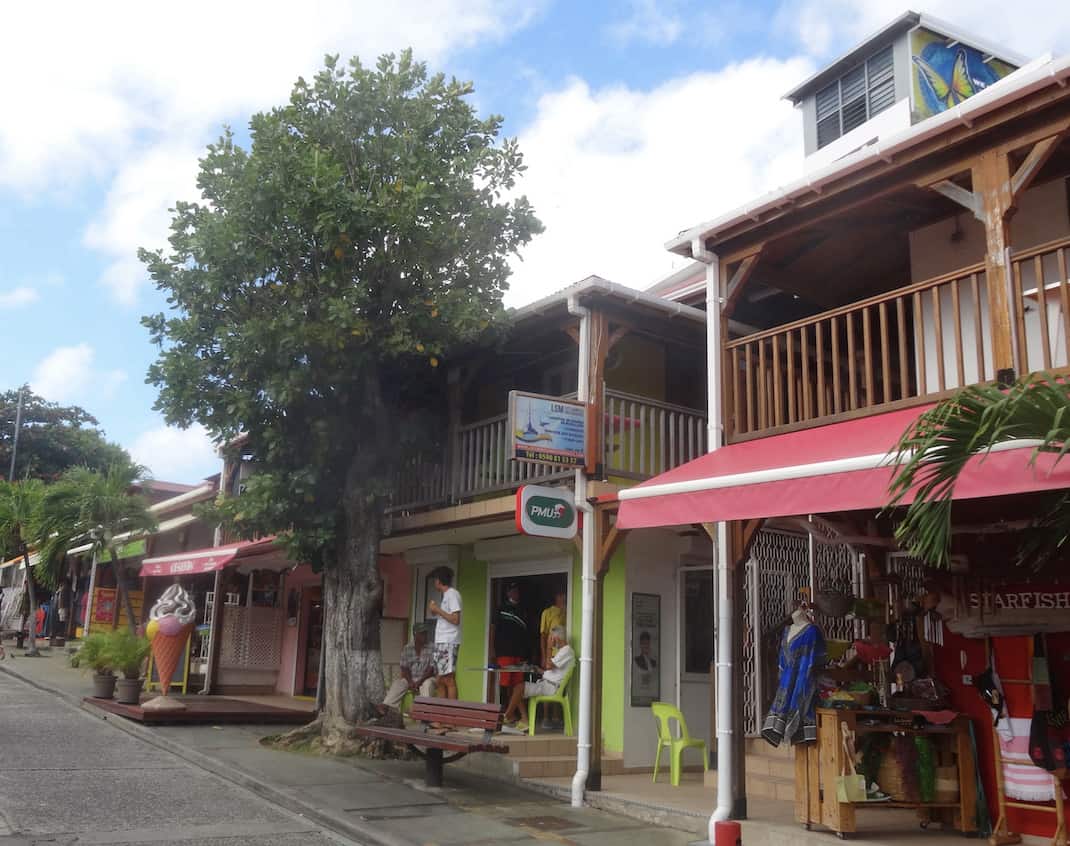
While in Les Saintes we had the chance to do a couple of dives and also a couple of walks. The walks usually involved excellent views across the island and its numerous beautiful bays.
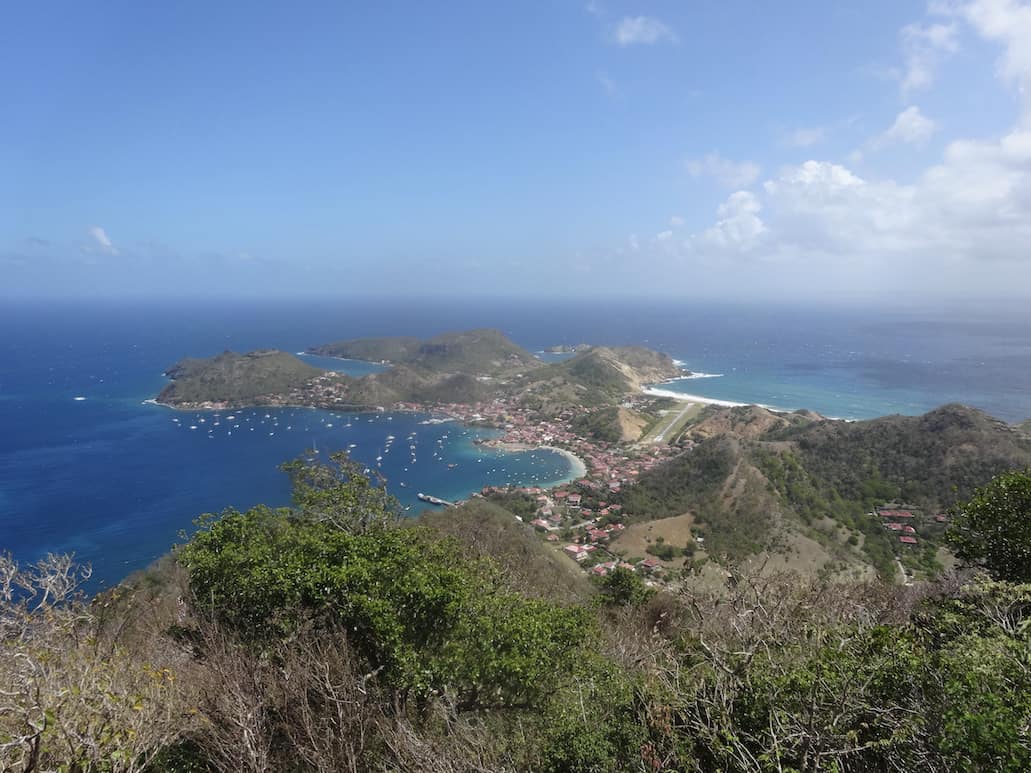

One morning, we headed up to Fort Napoleon – well worth the walk. Built in 1867 the Fort never was never actually use in a war – instead it was a penitentiary. Nowadays the Fort is a museum dedicated to the history, culture and environment of the islands. The commanding view over the island and the grounds landscaped with native plants and cactus added to the interest.
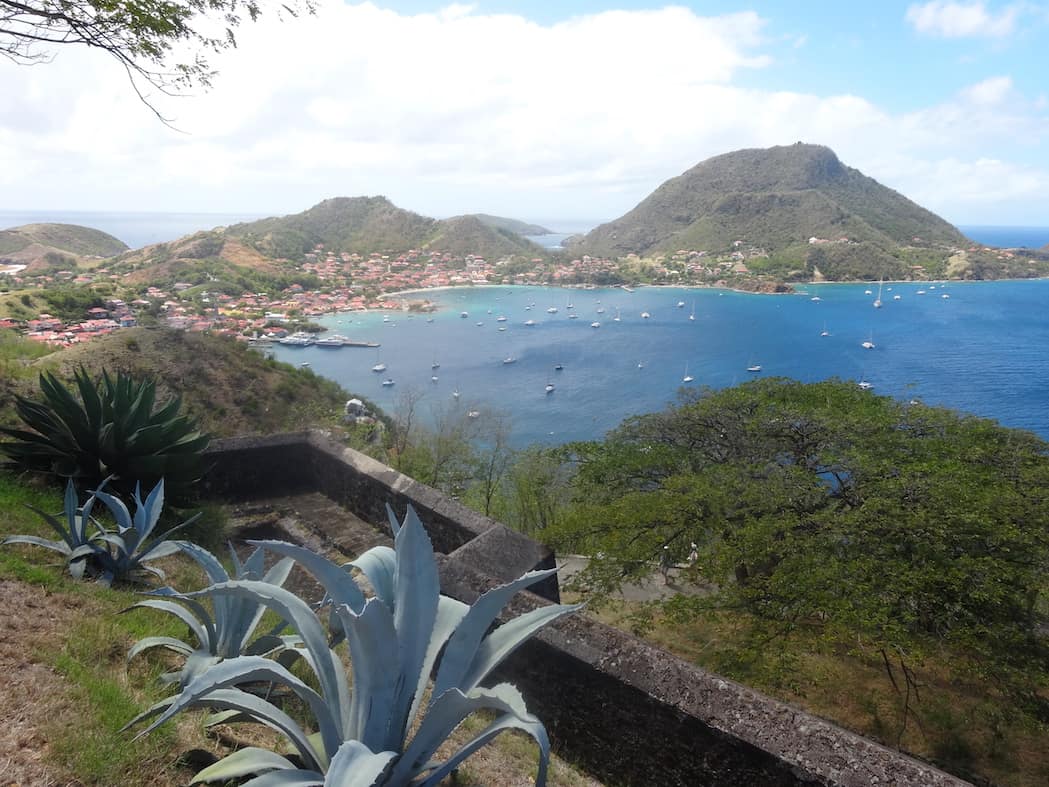
Your first picture needs to be made into a postcard.
Happy sailing
Hi,
Thanks! That sounds like a good business opportunity!!
Interesting but awful history of Sainte-Pierre. Yes Shona that is a great photo! Is that Shona from Vanway? If so, I remember you well. 😁
I often watch an English show called Death in Paradise…it’s made in Guadeloupe. Any signs of the set?
Hi,
Think it’s a different Shona…
We watch Death in Paradise too and yes it is filmed in Guadeloupe. Posts and pictures to follow!!!!
xx
You might bump into the Earl and Countess of Wessex!!!!!
Hi,
Great to hear from you. Hope you are both well.
We will keep our eyes open!